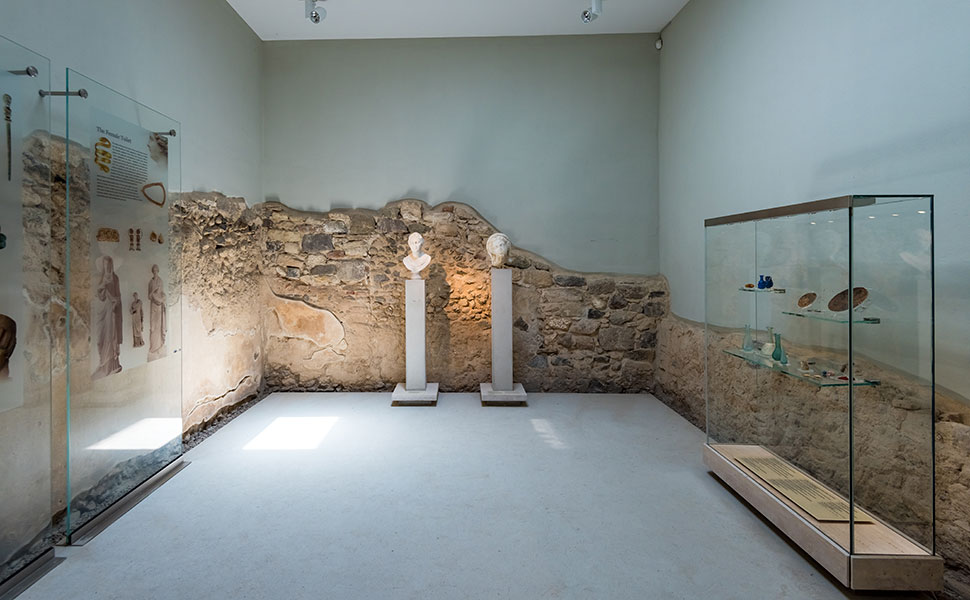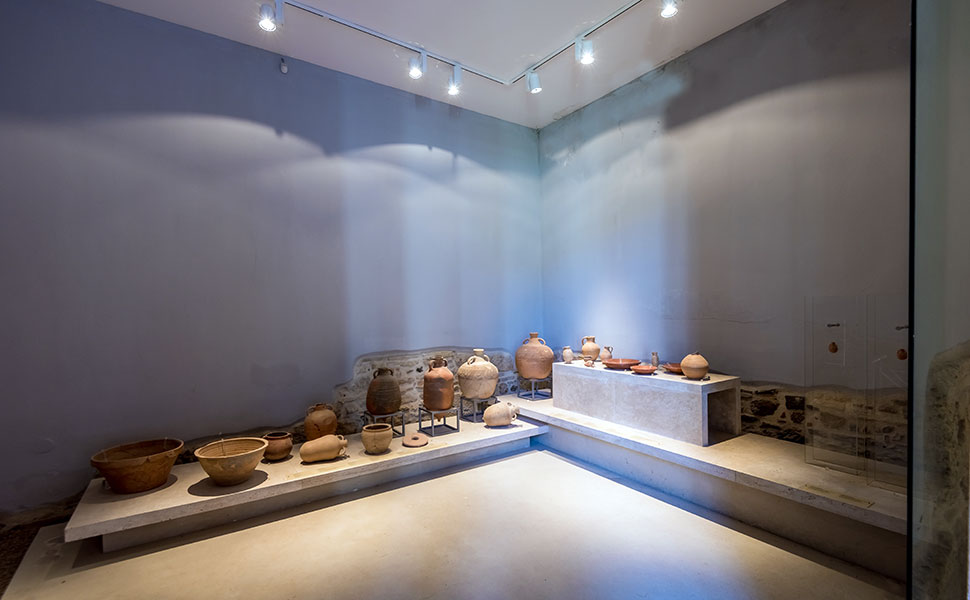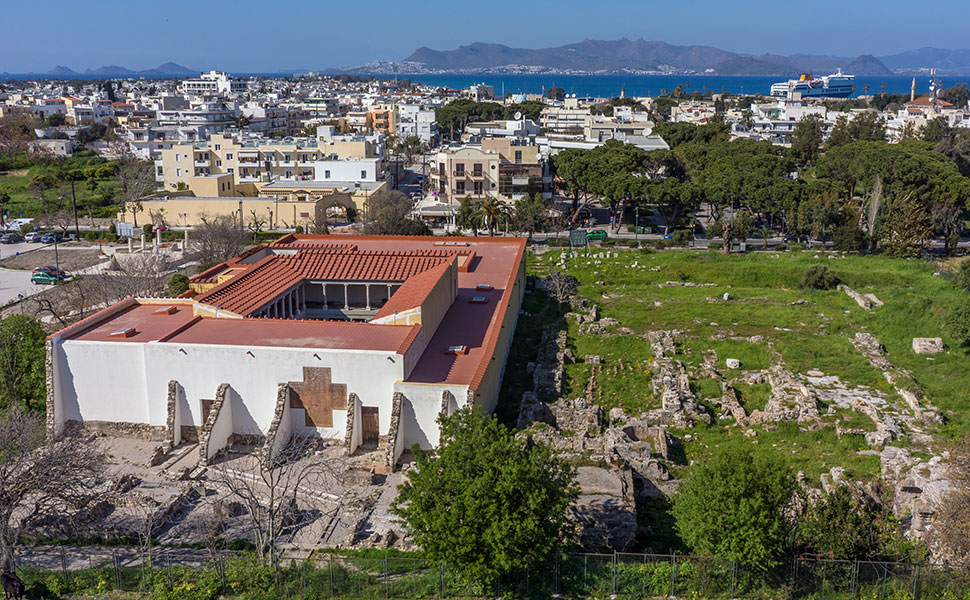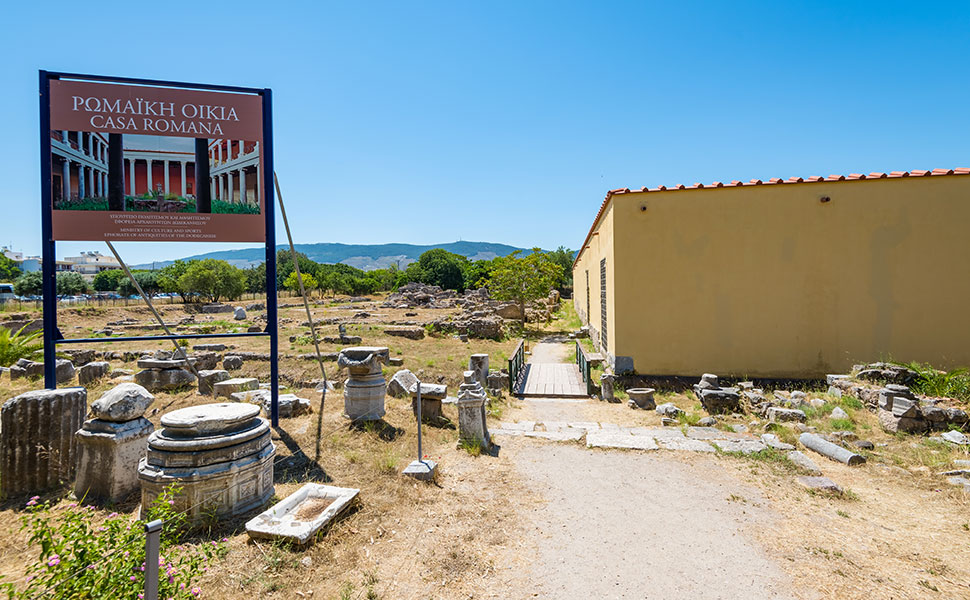Casa Romana
About Casa Romana (Roman House), Kos
Marble and mosaics are characteristic elements found in the famed Roman House (Casa Romana), a typical example of refined Hellenistic period masonry, with restorations, reconstructions and additions being made through to the 3rd century AD.
The Roman House, which most likely belonged to a prosperous islander, dates back to the Roman Imperial years, and is characterized not only by its large size (36 rooms) but also by its opulent decoration.
The complex was built around three atria, with exceptional decorative mosaic flooring of the 3rd century AD depicting mainly animals (panthers and tigers) or underwater scenes.
One of the walls’ superb frescoes depicting a man can now be admired in the Archaeological Museum. Statues (nymphs, Athina, etc.) dating from the late Hellenistic period were also found at the Casa Romana.
The Casa Romana was excavated by Italian archaeologist Laurenzi in 1933 and was restored in 1940.











